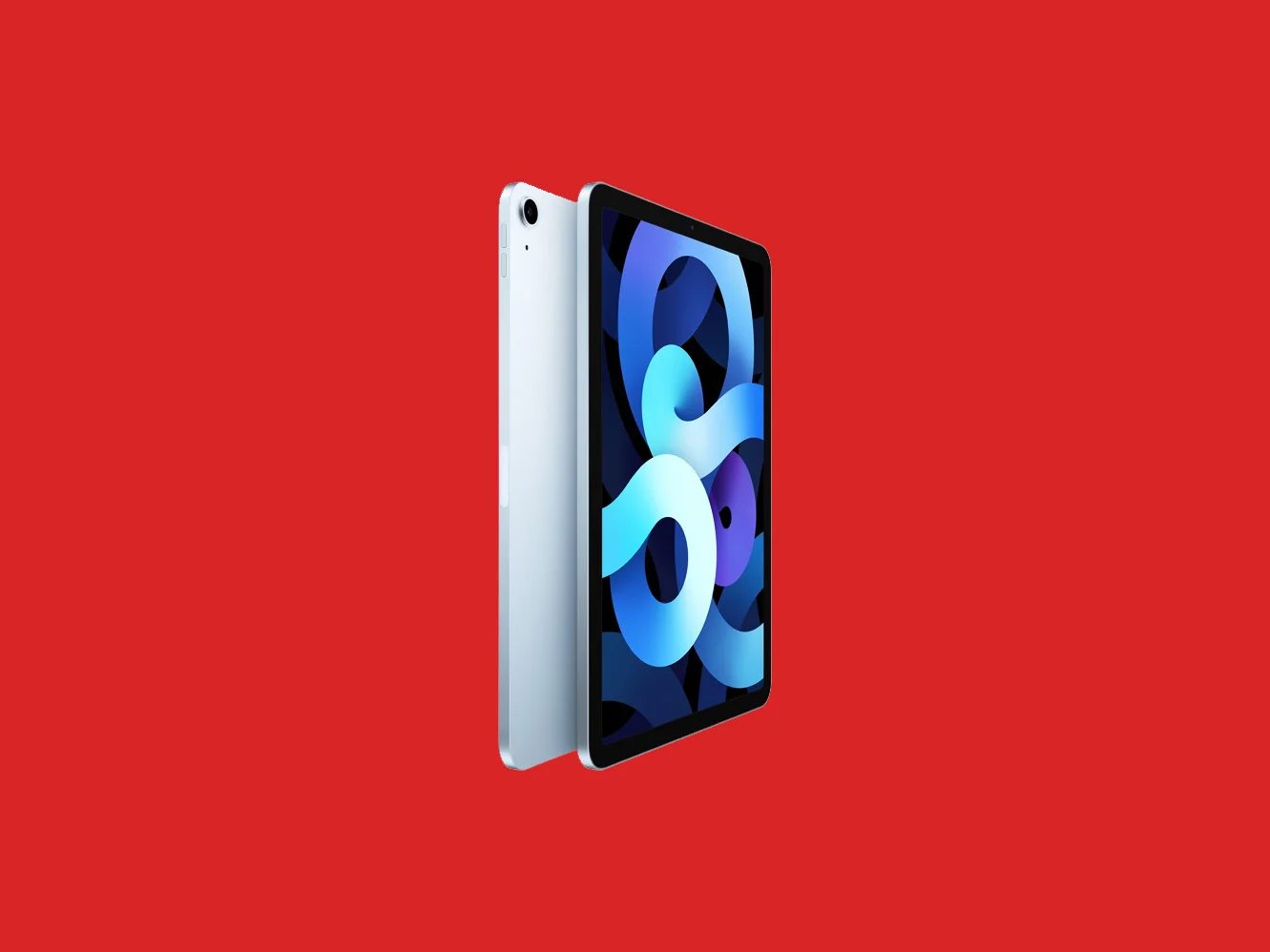Apple’s Time Flies event saw not one, but two iPad lineups come out of it with a refresh and with USB-C added to it’s Air line the question has to be asked, who and why is anyone buying an iPad Pro?
First, there’s the good old vanilla iPad. The base model got a relatively modest performance bump with some internals updated. The “iPad” now though is nothing more than a base model and not at all where the action is at.
With its huge chin and home button the iPad looks somewhat archaic amongst its brethren but serves as a great low-barrier-to-entry model for that everyday use tablet that’s ultimately going to sit on the couch 99% of the time.
The base model starts at A$499 for the 32GB, Wi-Fi version going up to A$849 for the 128GB Wi-Fi + 4G. They’re available immediately.
The iPad Air on the other hand received a whole bunch of changes that, in my mind, make it the iPad to grab right now, leapfrogging the Pro in a lot of new and exciting ways.
For a start the Air expands its screen size out to 10.9″ with a very generous 2360 x 1640 pixel resolution. That sits atop a new A14 Bionic chip, which is the first to be built at a 5nm process, and brings some incredible speeds
Missing is FaceID, however Touch ID has had a vast improvement being integrated entirely into the power button that sits on the side of the Air. I really hope this is a trend that continues to trickle down to the new phones and other products, which even though may have Face ID can add a second or alternative level of auth. Especially now that Face ID is broken with everyone wearing masks.
Most exciting is the addition of the USB-C on the Air, a connection previously reserved for the iPad Pro. The standardised connector allows you to use the same charger as used on a MacBook and offers the ability to connect accessories that don’t make use of Apple’s proprietary ports.
The new iPad Air will be available to order from October and starts at A$699 for the 64GB Wi-Fi version up to A$1,329 for the 256GB Wi-Fi + 4G version.
Source: Apple iPad
